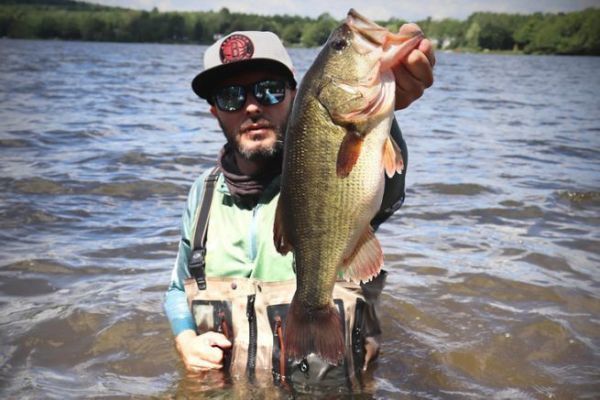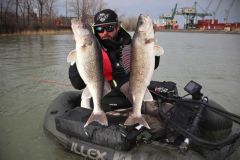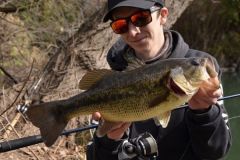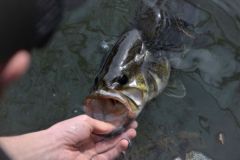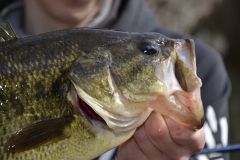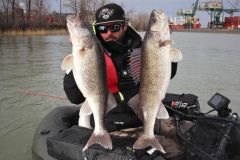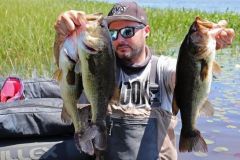Vertical black bass fishing
For many anglers, and this is not untrue, black bass is a fish that frequents edges and obstacles. There is some truth in this, however, if given the opportunity, black bass can frequent deeper waters in search of cooler or warmer waters, depending on the season.
Surprising as it may seem, vertical black-bass fishing is a technique that really shouldn't be overlooked, especially if the lake being fished reaches depths of 4 to 6 metres. Of course, this takes some of the fun out of fishing edges and obstacles, but on the other hand, it allows you to fish vertically in summer, a technique we tend to reserve for pike-perch in winter.
My session
To return to my fishing session, it took place on a large lake, with a steep slope and a flat bottom averaging between 4 and 6 meters deep.
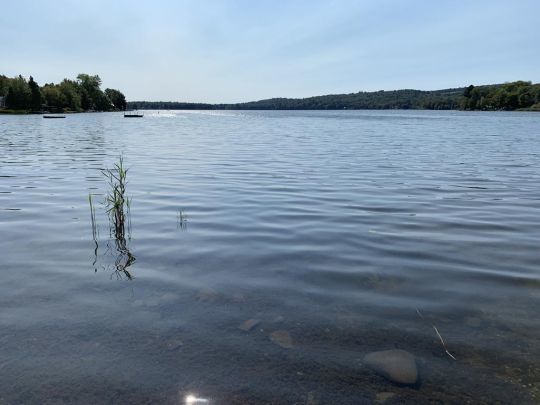
After exploring the edges and shallows, which are not proving productive, I decide to look for black bass at depth.
The vertical search for black bass on this lake is done at a very specific point. The lure must be run along the bottom, along the end of the slope, just as the ground becomes flat. This end of the slope also corresponds with the end of the aquatic vegetation. In these conditions, the echo-sounder is a good tool, enabling you to follow the relief and detect fish, even if these detections are very subtle.
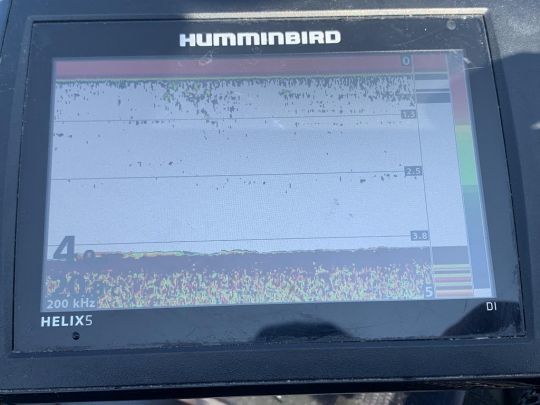
In this way, more touches are made and the day becomes more interesting.
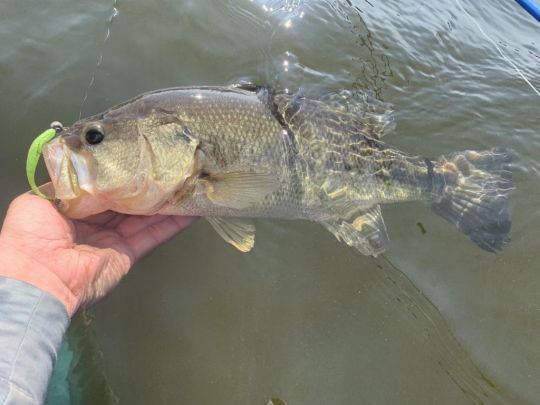
As for the lures used, results are best with small, soft 3"auto" and 5"auto"> If I have one piece of advice, it's to explore deeper areas, particularly in lakes and gravel pits. Often, these lakes will have a population of nice fish, but with a low density, and this technique allows you to go and find these fish when they're not on the edges.

